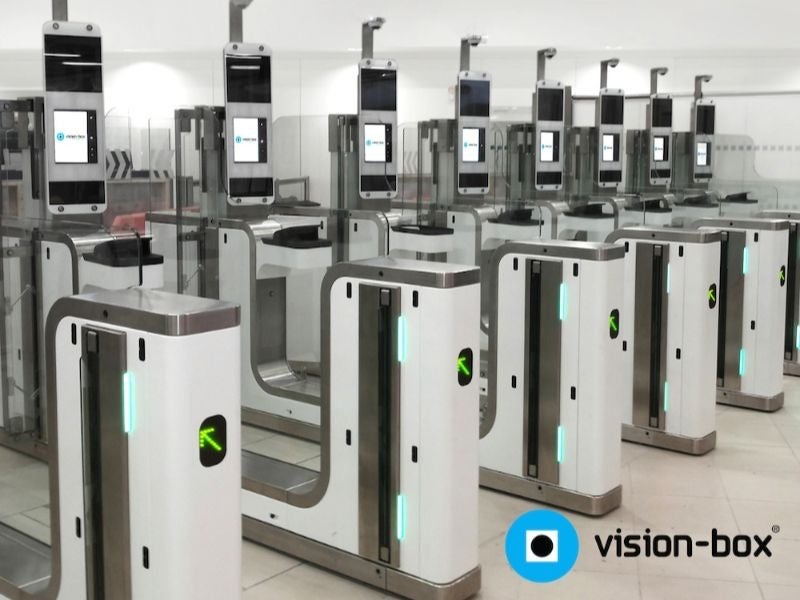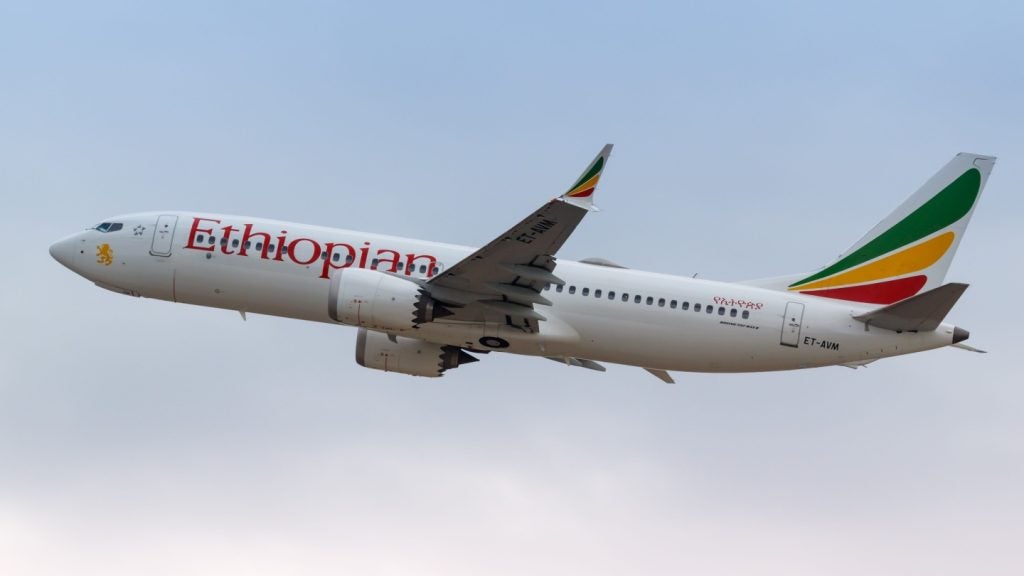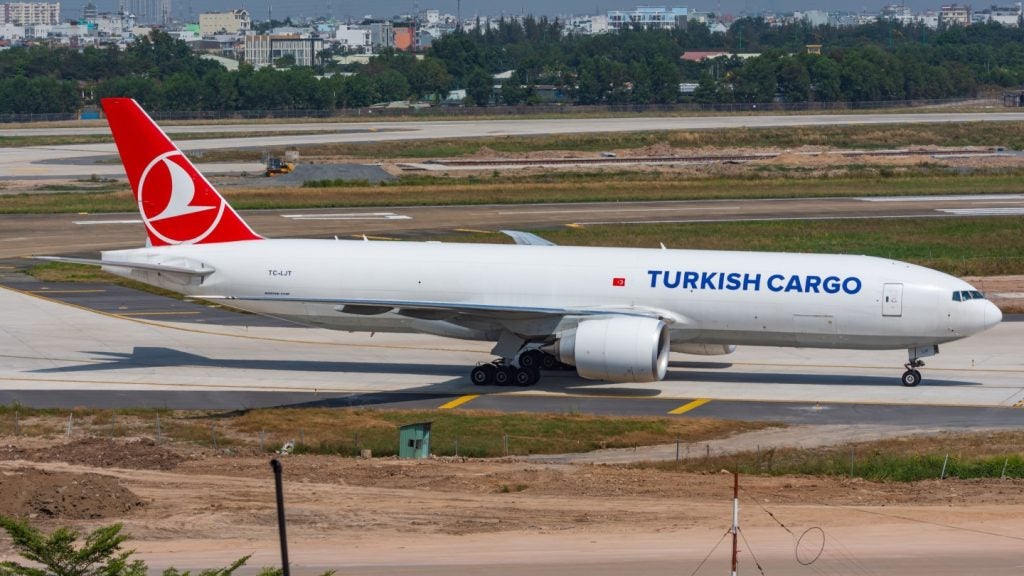
Before the coronavirus outbreak, airport e-gates represented a long-standing issue for the aviation sector, as they were often the target of civil rights campaigns that criticised them for being faulty and inaccurate. And yet, as society prepares for a more touch-free post-Covid-19 world, these machines could soon become one of its (very few) beneficiaries.
This is according to a recent white paper from biometrics-enabled electronic gates producer Vision-Box, which is claiming the pandemic will pave the way for greater use of contactless digital identity technology equipped with advanced biometrics.
The company wrote in the study that “while every airport has planned for incidents such as mass casualties, natural disasters and manmade events, very few have put in place systems to mitigate the risk of communicable disease transmission”.
The health benefits of this technology will be even more important once air traffic returns to its usual standards, as thousands of passengers repopulate airports around the world.
But while acknowledging their potential, one has to admit that things were not looking good for e-gates before the pandemic broke out. Over the past few years, cases of frustrated passengers unduly held up by faulty passport scanners and e-gates have often made the headlines. Privacy groups have been campaigning against them for just as long, advocating against unclear use and storage of passenger data, high inaccuracy rates and alleged racial bias.
These issues have been suspended due to the outbreak of coronavirus, but could resurface once the crisis has passed. Whether they will manage to outweigh the practicality of e-gates and their already widespread distribution across the world is still anyone’s guess.
How well do you really know your competitors?
Access the most comprehensive Company Profiles on the market, powered by GlobalData. Save hours of research. Gain competitive edge.

Thank you!
Your download email will arrive shortly
Not ready to buy yet? Download a free sample
We are confident about the unique quality of our Company Profiles. However, we want you to make the most beneficial decision for your business, so we offer a free sample that you can download by submitting the below form
By GlobalDataA brief history of e-gates
Officially known as automated border control (ABC) systems, e-gates verify a person’s identity by comparing a person’s facial characteristics to data stored in a chip inside their biometric passport.
Talks to introduce machine-readable passports – and systems to read them – first started in the late 1990s as part of a global effort to speed up border controls and tackle terrorism threats that had been menacing airports and airlines since the 1970s.
As part of new standards set out by the International Civil Aviation Organization (ICAO), the concept of e-passports and e-gates further expanded, in the early 2000s, following the 9/11 terrorism attack.
According to Policy Exchange’s 2018 study “The border audit: is the UK border now fit for purpose: a post-Windrush review”, e-gates were officially rolled out across major British airports by 2008, at the same time as many other countries.
Yet e-gates’ early introduction to global hubs was often plagued by technical faults, system breakdowns and other issues that made them unreliable and increased public scepticism towards them.
The technology has now largely improved, to the extent that they are now used at over 20 US airports and most European hubs.
Public scepticism
Recent leaps in the technology’s effectiveness have however so far failed to overturn public scepticism, which is particularly vivid in the US. While airports have only just started to use biometric screenings in the US, facial recognition is often used by local police authorities.
Lack of trust in these machines’ accuracy rates and fears they could violate basic human rights have even pushed a number of cities – the first one being San Francisco – to ban the use of the technology for city authorities.
“The big barrier to widespread adoption of these innovations is passenger comfort with these new technologies,” explains Vanessa Viala, who handles media relations and social media within Thales Group’s Digital Identity and Security department.
“They must be easy to use (for the passenger and the authorities/operators) and convenient, but also passengers need to be convinced that their data is safe. With modern gates using facial recognition, it must be very clear how this data is collected and what must be done with it; transparency is key while managing personal data from any sort. Also, a ‘human’ fallback for the technology should always be available – operators should keep control of the process.”
Last year, US border control authorities were accused of not providing a clear notification system and failing to guarantee data security and accuracy.
Benefits of the technology
These are valid issues that will constantly have to be addressed, but according to Vision-Box head of strategic sales and global partnerships Jeff Lennon, the advantages e-gates provide largely outclass them. “[The technology] is not perfect but its performance and accuracy are much higher than any human capability when it comes to verifying identity or passports,” he says. “Automation and biometrics can provide much more value.”
As Vision-Box marketing media liaison and Security expert Paul Jacinto adds, this is not just an assumption, but something backed by research: “Biometric identification is pretty close to 100% accuracy,” he explains. “Studies have proven that the failure rate of traditional control operated by border authorities for manually matching a person’s face to a photograph is about 20% and that jumps exponentially when it comes to different ethnicities.”
But one of the problems associated with this technology is that there isn’t enough awareness about its accuracy and efficiency, says Lennon. “The adoption rate is not that fast, mainly because of a lack of information and lack of alignment between the different public and private stakeholders,” he adds.
Although this may mean “a lot of education and evangelisation” will still be needed in the future, numbers are showing how fast the technology is being rolled out across the world, as he explains: “Ten years ago we were processing 5%-10% of passengers. Nowadays, in Australia for example, in the ten airports we are operating, we process up to 80% of the passenger flow at the border.”
Travelling touch-free in a post-coronavirus era
Amid the coronavirus pandemic, using biometric gates is no longer just a question of practicality and speedy processing. “We can’t yet establish a way to stop [Covid-19] upfront until a vaccine [is found], so the only thing allowing the industry to recover and restart, and to allow travel again, is to create conditions where people feel safe, and there is trust,” explains Lennon.
“Touchless technology is clearly one of the means to enable this, with intelligence in the back [allowing] you to orchestrate how people move, how much you want to have a crowd or not in certain spaces and where to keep social distancing.”
One of the key benefits of this technology, Jacinto concludes, is that it’s already there and will be ready for use once operations return to normality. “[The crisis] will certainly have a profound effect on how people want to be protected and how they travel so we have to find a new way and I think everybody’s going to be looking for those solutions,” he says.
“The thing is that these solutions already exist. It’s just a case of […] educating governments and different stakeholders.”







